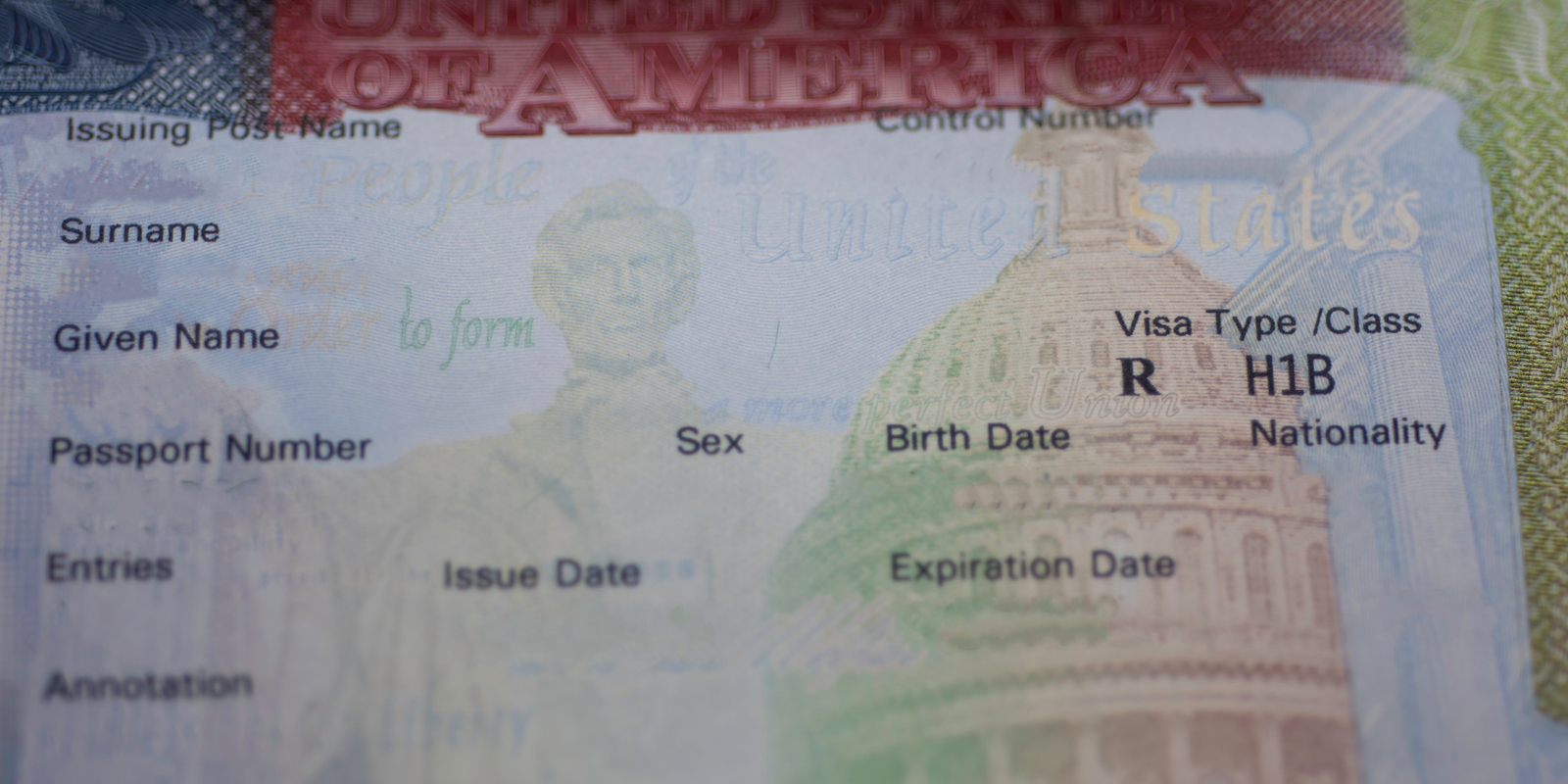An H-1B visa allows a foreigner to stay in the United States for a specified period of time. Once the visa expires, the person must leave the country, get an extension, or apply for another type of immigration status. It is important for foreign workers to understand the requirements of an H-1B visa, including when it expires, so that there is plenty of time to make necessary arrangements.
If a person stays beyond the specified amount of time, they will lose their legal status and can be deported. There’s an initial period that the foreigner can stay, then it can be extended once. Certain exceptions allow a foreign worker to stay beyond that extended period.
What Is An H1B Visa?
The H-1B visa is used by American companies that hire and employ foreign workers for positions that require a high level of skill and, in most cases, a college degree. It’s a nonimmigrant visa that foreign workers can only receive by being sponsored by an American company.
The employer must show evidence that the position requires skills and abilities that they are unable to fulfill within the U.S. workforce. Generally, the type of occupations that fill these gaps by foreign workers are in areas such as biotechnology, engineering, chemistry, medicine and computer sciences. The foreign worker can only work for the employer that they are sponsored by.
Initial Time (3 Years)
The initial time that an H-1B visa is valid for is three years. It can be extended for an additional three years after that. The total time that an H-1B visa can be used to remain in the country is six years. A foreign worker must be sponsored by a valid company to apply for the extension as well.
Time Counted Against Stay
It’s important that the time that counts towards the maximum six-year stay is calculated accurately. The time that’s spent outside the U.S. doesn’t count toward the six years. It is only the time that someone is actually in the U.S. that counts.
Let’s look at an example to see how this works. A French citizen has entered the U.S. on an H-1B visa that is valid from October 1, 2019 to September 30, 2022, and the employee goes back to France to visit their family from October 1, 2020, to November 30, 2020. They go back again from April 1, 2021, to May 1, 2021. That makes a total of three months away from the U.S., which would not count against the six-year maximum time.
Renewal Or Extension
The time that counts towards the six-year maximum is important to understand. There is a way of allowing the H-1B worker to “recapture” time that was lost so they can receive the full benefit of the six-year timeframe. In the example above, that worker could extend their H-1B visa a third time. This extension would be for the three months they were outside of the U.S.
It’s also important to note that the time an employee spends using an L-1 visa will also count towards that six-year maximum. An L-1A visa is a visa that allows employees who work outside the U.S. — but who are affiliated with a U.S. company — to come to the U.S. to complete services for them. It is common for workers to go between H-1B and L-1A status to work in the U.S. The total time combined time for both visas is the maximum six years of an H-1B visa.
Materials Needed For Extension
To extend the H-1B visa, a foreign worker must have the following materials:
- Valid passport (must not expire for the next 6 months)
- The passport must have the same visa category; i.e. An H-4 visa can’t be renewed for an H-1B
- Original I-94 that’s stapled with the passport; A valid Form I-797 (Notice of Approval) must be submitted if expired
- Form I-797, which indicates who your current employer is and the approval for extending the H-1B
- On a company letterhead that’s signed by your employer, a letter that gives a detailed description of your job duties and why your employer wishes to extend the visa
- Form OF-156 with a photo (must meet passport photo rules) attached and the birth month spelled out
Foreign workers whose children and spouse are also in the U.S. must have their visas filed separately. Another point to remember is that males between the ages of 16 and 45 who are applying for a nonimmigrant visa must also file a DS-157 along with their DS-156.
Work With Pride Immigration
When obtaining an extension on an H-1B visa, it is recommended to have an immigration lawyer to review the documents. This ensures that all the necessary steps have been taken so that the process is as seamless as possible. Contact Pride Immigration and talk to our immigration experts today to answer any questions you may have about traveling to and staying in the United States.
Beeraj Patel, Esq.
Latest posts by Beeraj Patel, Esq. (see all)
- Criminal History Implications for an Adjustment of Status - July 7, 2025
- Impact of Life Changes on Green Card Applications - June 16, 2025
- Common K1 Visa Criminal Background Issues - June 2, 2025
